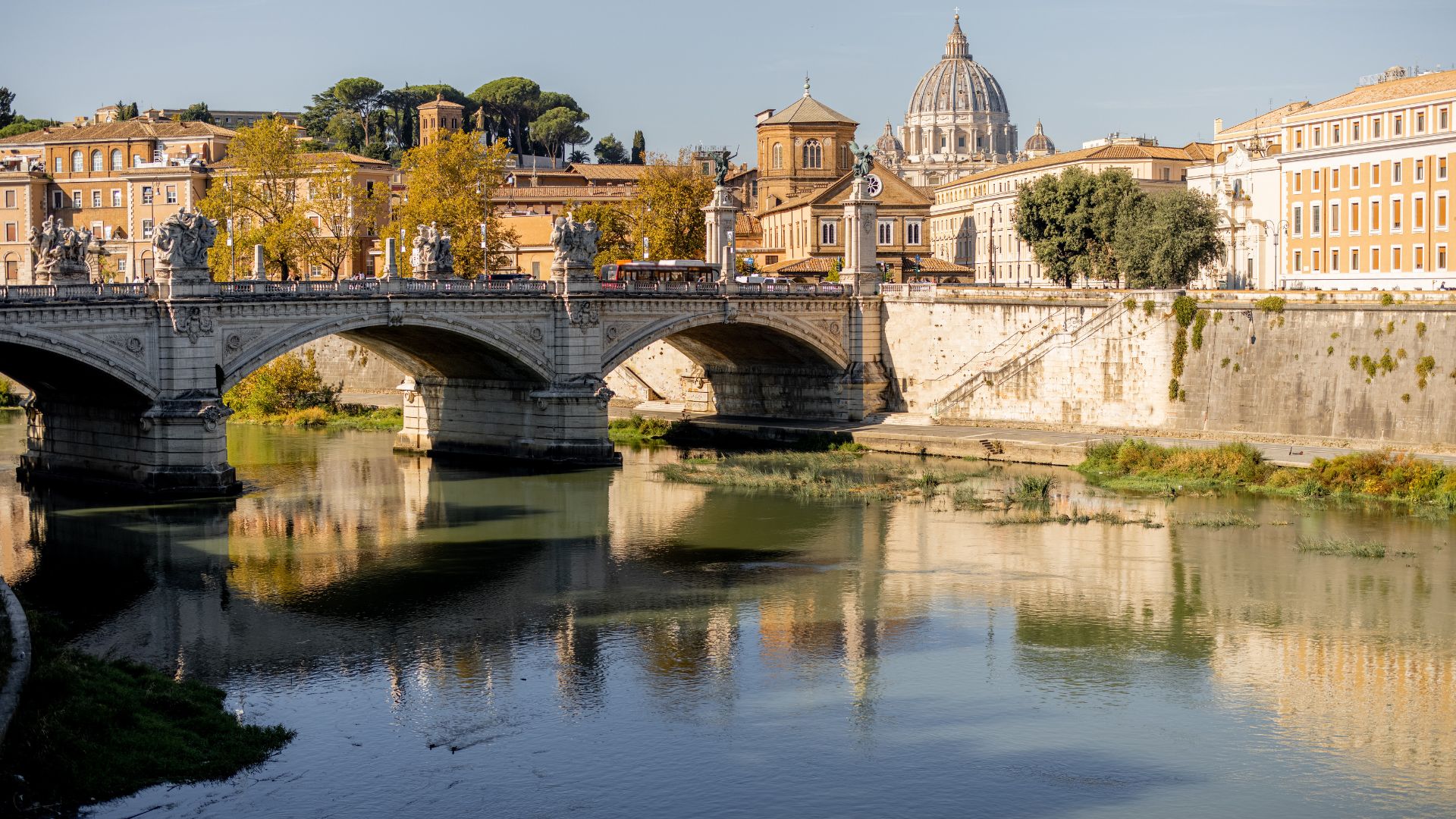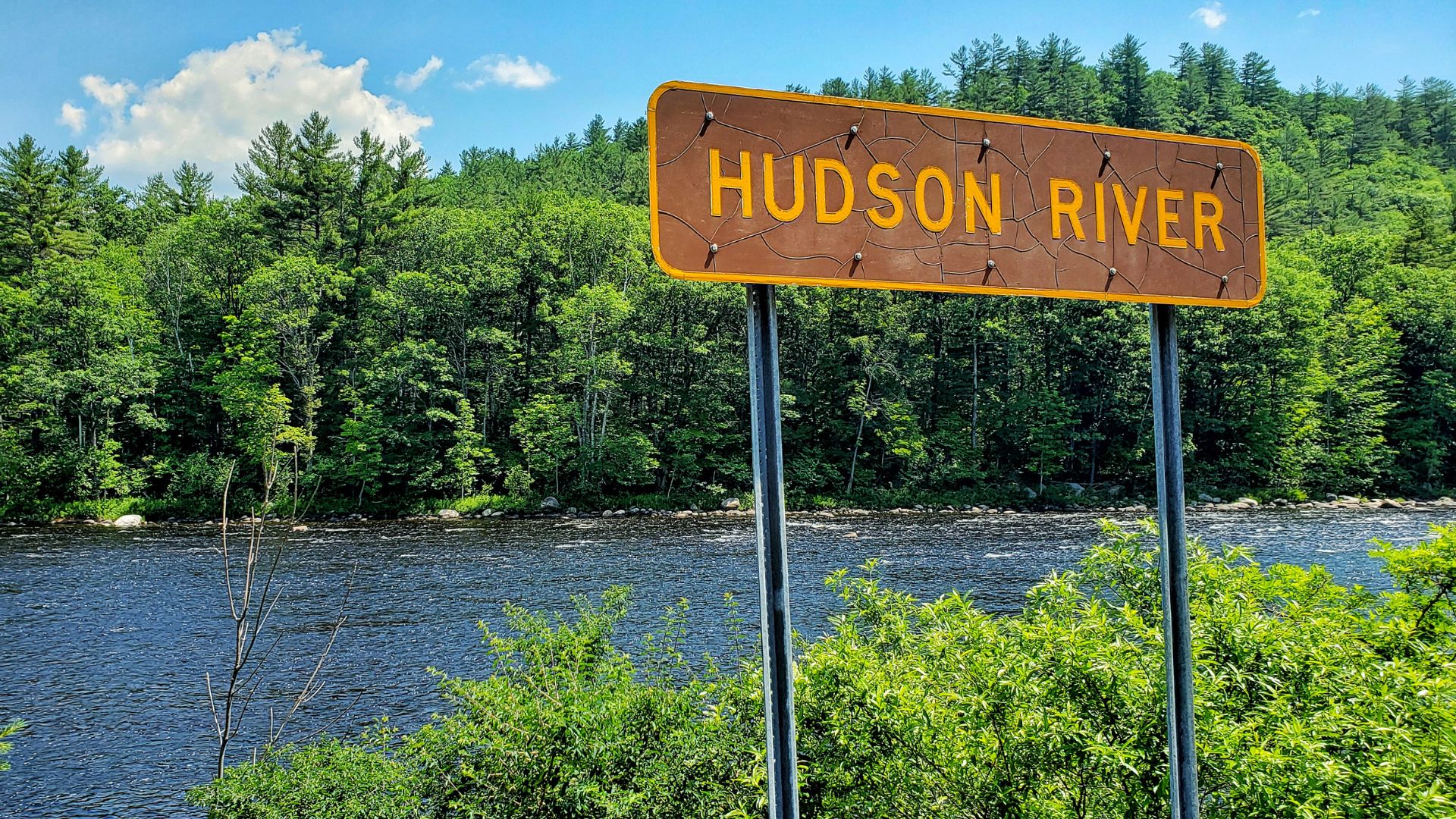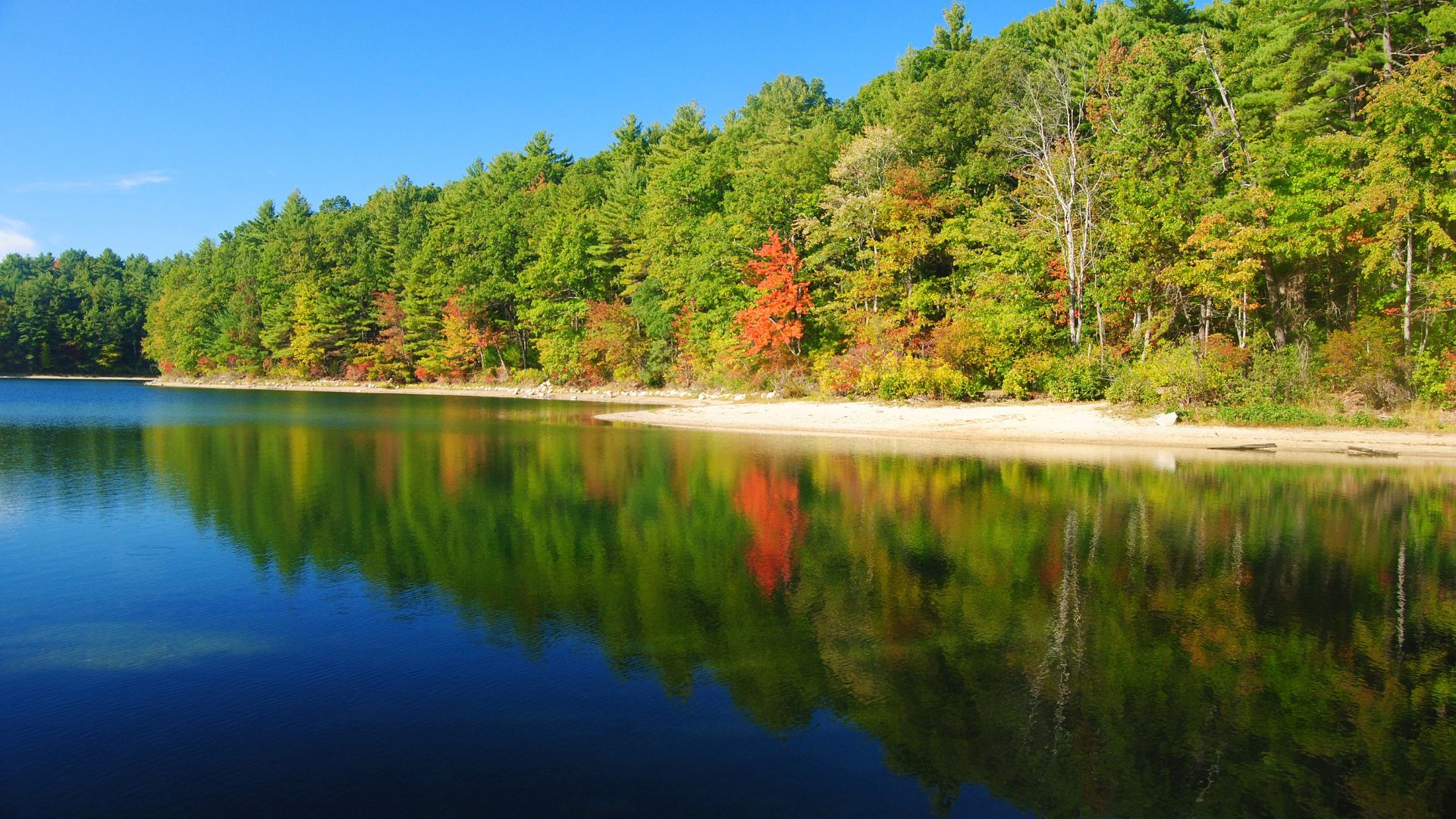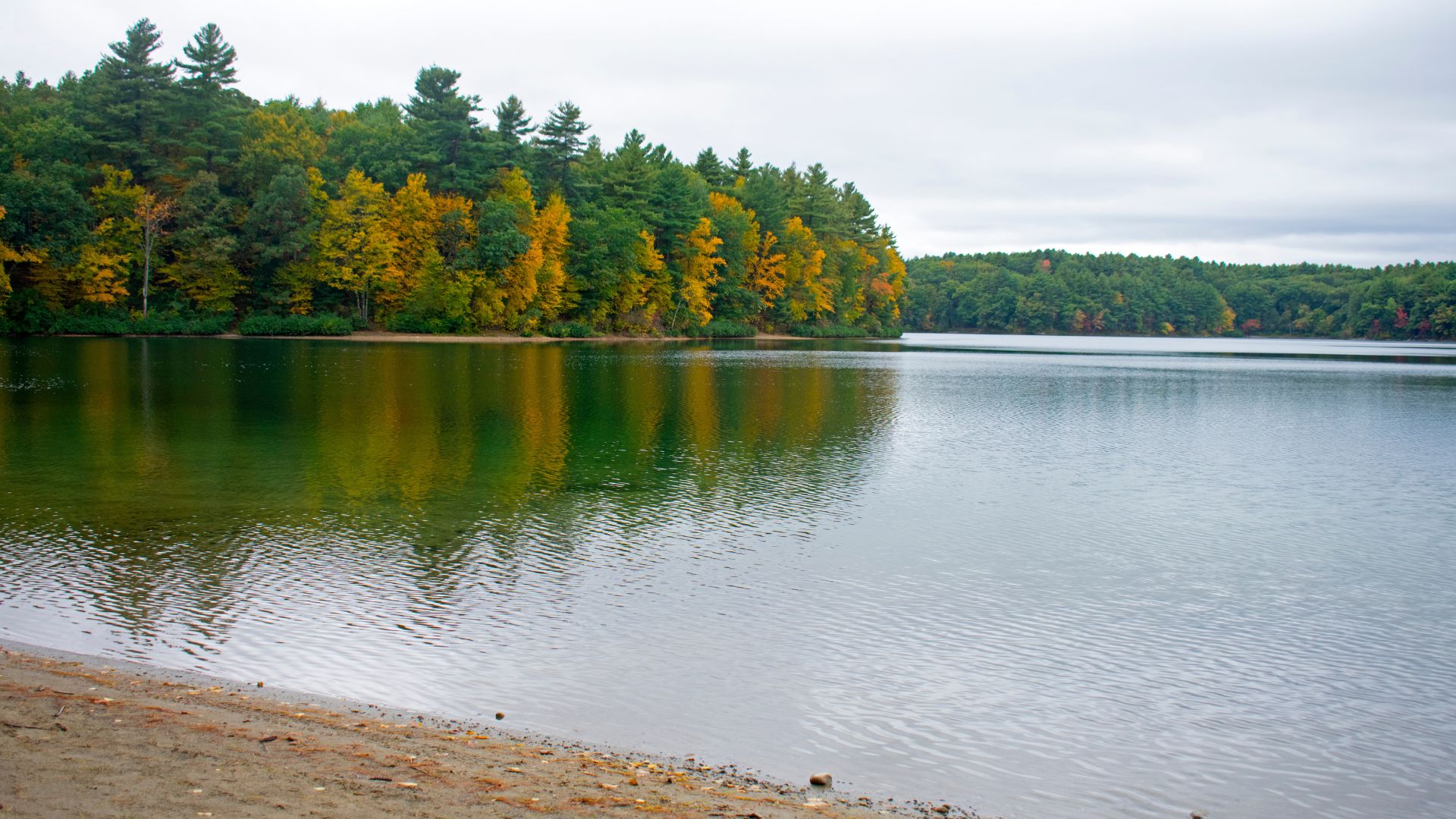Throughout history, poets have been drawn to water sources as wellsprings of creativity. Springs, rivers, and lakes have offered writers not just physical refreshment but spiritual and artistic renewal too.
The connection between flowing waters and flowing verses reveals how deeply nature’s rhythms influence our creative expressions.
I’ve always been fascinated by how poets like Wordsworth and Keats found their muse beside bubbling springs and meandering streams. During the Romantic period, especially, these natural water features became powerful symbols of inspiration and transformation.
The nightingale that so moved Keats in his famous ode was likely perched near water, its song blending with the gentle sounds of nature.
My travels to these literary waters have shown me that many remain largely unchanged from when they first inspired classic works. Standing beside the same springs that refreshed Shakespeare’s imagination connects us directly to centuries of poetic tradition. These places offer more than just beautiful scenery—they provide a tangible link to the creative forces that have shaped literature across generations.

The Essence of Water in Literary Expression
Water flows through literature as a powerful force, shaping poetic imagery and carrying deep symbolic meaning. Its fluid nature allows writers to express complex emotions and abstract concepts through tangible, familiar forms.
Symbolism of Rivers and Springs in Poetry
Rivers and springs appear constantly in poetry across cultures, representing life’s journey and creative inspiration. The ancient Greeks believed certain springs granted poetic abilities, with the Castalian Spring at Delphi considered especially sacred to the Muses.
In many poems, flowing water symbolizes time’s passage – both destroying and creating as it moves. I’ve noticed how water imagery often connects to identity formation in literature, particularly in native American poetry, where rivers represent cultural continuity and spiritual connection.
Water’s duality makes it particularly versatile in literary expression. It can represent both life and death, purity and danger, stagnation and movement. Many poets use fountains specifically to explore themes of rebirth and artistic inspiration.
The relationship between water and creativity appears in countless works. When poets describe “drinking” from special waters, they’re often referring to tapping into creative forces beyond themselves – a tradition dating back to classical literature.

Historic Springs and the Birth of Poetry
Water sources have inspired poetic expression since ancient times, serving as both physical necessities and spiritual touchstones for civilizations worldwide.
Ancient Wellsprings of Oral Tradition
I’ve always been fascinated by how springs and sacred waters shaped our earliest poetic traditions. Before writing systems existed, oral traditions flourished around water sources where communities gathered. These natural meeting places became the birthplace of our first poems and stories.
Stories passed down through memory often featured springs as magical portals or divine gifts. In countless mythologies, special waters bestowed wisdom, healing, or prophecy. The Castalian Spring at Delphi, for example, was believed to enhance poetic inspiration when visitors drank from it.
Water represented both life and mystery to ancient peoples. I’ve noticed in my travels that the oldest poetic fragments often mention flowing waters as metaphors for time, change, and rebirth.

Tiber River: A Muse to Poets
When I walked along the Tiber River in Rome, I felt connected to thousands of years of poetic history. This historic waterway inspired countless Roman poets who composed verses while gazing at its flowing waters.
Virgil, Horace, and Ovid all referenced the Tiber in their works. The river represented Rome’s lifeblood and its connection to divine powers. In the Aeneid, Virgil portrays the Tiber as a deity that guides Aeneas to his destiny.
The Tiber’s banks provided quiet reflection spaces for poets seeking inspiration. Many Roman writers established villas overlooking the water specifically for creative pursuits.
Even today, I see contemporary poets sitting along the Tiber’s edge, notebooks in hand, continuing this ancient tradition of finding inspiration in its historic waters.

Inspirational Landscapes: From Mountains to Meadows
Nature’s diverse terrains have long served as muses for the world’s greatest poets. From towering peaks to gentle meadows, these landscapes offer both physical beauty and spiritual connection that fuels creativity.
Mountainous Echoes: Solitude and Thoughts
I’ve found that mountains hold a special place in poetry, offering writers the perfect blend of majesty and isolation. When poets climb these heights, they often discover inner truths amid the silence. The Carl Sandburg Home in Flat Rock, North Carolina sits nestled in the Blue Ridge Mountains, where Sandburg crafted many of his most famous works.
Robert Frost drew endless inspiration from the rugged peaks of New England. His poems like “The Mountain” capture not just physical descriptions but deeper meditations on life’s challenges.
Mountains create natural temples where poets can escape society’s noise. This solitude allows for the kind of deep thinking that produces timeless verse.
Rip Van Winkle’s Allegorical Terrain
The Catskill Mountains of New York offer more than just stunning views—they provided Washington Irving the perfect setting for his legendary tale of Rip Van Winkle. I’ve walked these same paths where Irving’s imagination transformed ordinary hills into magical terrain.
Irving used this landscape as more than a backdrop. The mountains became characters themselves, holding secrets and mysteries that his protagonist discovers during his famous twenty-year slumber.
Poets’ Walk Park, overlooking the Hudson River and Catskills, celebrates this literary connection. Here, trails wind through meadows and woodlands that continue inspiring writers today.
The story’s setting works perfectly as allegory—the mountains represent permanence while human affairs below constantly change, a contrast Irving masterfully exploited in his tale.

Navigating the Currents of American Poetry
American poetry flows with diverse influences that have shaped its unique voice. From ancient oral traditions to the revolutionary free verse of the Civil War era, these poetic movements reflect our nation’s evolving relationship with water and nature.
Native American Influence: Pueblo and The Great Spirit
I’ve always been fascinated by how Native American poetry connects water to spirituality. Their oral traditions view springs and rivers as sacred places where the Great Spirit manifests. When I visited Pueblo communities in the Southwest, I learned how water imagery permeates their poetry as both life-giver and divine messenger.
Native American poetry ties natural waters to creation stories and spiritual renewal. Many poems describe springs as portals between worlds or places of transformation. This connection remains vibrant today, as contemporary Native poets like Joy Harjo continue drawing from these traditions.
The rhythm of Native American poetry often mimics flowing water, with repetition creating a meditative quality that mirrors rippling streams. This influence continues to shape American poetry’s landscape, reminding us of our deep connection to water.
Transcendentalists and the Pursuit of Nature
Walking the shores of Walden Pond, I felt the same inspiration that moved Transcendentalist poets. These 19th-century writers found divine truth reflected in natural waters. Thoreau’s observations of Walden Pond and Emerson’s reflections on streams shaped a uniquely American poetic voice.
Their work celebrated water as both a physical reality and a metaphysical symbol. Thoreau wrote: “A lake is the landscape’s most beautiful and expressive feature. It is earth’s eye; looking into which the beholder measures the depth of his nature.”
This movement established nature writing as a cornerstone of American poetry. The Transcendentalists viewed springs, ponds, and rivers as texts to be read and interpreted, containing lessons about simplicity, self-reliance, and spiritual truth.

The Civil War and the Tides of Free Verse
The turbulent waters of the Civil War era washed away conventional poetic forms. Walt Whitman’s revolutionary free verse flowed like the Mississippi River he often celebrated – powerful, unrestrained, and distinctly American. His “Song of Myself” broke from European traditions, creating space for a truly American poetic voice.
Emily Dickinson, though less public than Whitman, created equally revolutionary poetry. Her compressed, enigmatic verses often used water imagery to explore mortality and eternity. One famous line compares death to “the sea closing over us.”
This period transformed American poetry forever. The war’s aftermath saw poets abandoning rigid structures for more natural rhythms that mimicked flowing water. This shift toward free verse remains one of America’s most significant contributions to world literature, influencing generations of poets who continue exploring our complex relationship with water.
Waterside Reflections: Introspection and Literary Creation
Water has always provided a unique space for writers to connect with their deepest thoughts. Throughout history, poets and authors have sought shorelines, rivers, and lakes as settings for contemplation and creative inspiration.
Healing Through Connection with Nature
I’ve found that water’s transformative power in literature often represents renewal and healing. Writers throughout centuries have described how the rhythmic sounds of waves or gentle streams helped clear their minds and restore their spirits. Literature shows us how water becomes a mirror for self-reflection.
When I visit literary landmarks by water, I notice how authors personified water features in their works. The sea, for instance, often takes on human-like qualities in poetry and prose. This personification creates powerful imagery that readers connect with on a deeper level.
Water settings invite writers to engage all their senses. The smell of salt air, the sound of rushing water, and the feel of cool mist all contribute to the introspective experience that fuels creative writing.
Thoreau’s Walden: A Legacy of Lake-inspired Literature
Henry David Thoreau’s retreat to Walden Pond created one of the most influential works of nature writing ever published. I’m always struck by how Thoreau’s two years, two months, and two days beside this Massachusetts pond produced insights that still resonate today.
At Walden, Thoreau immersed himself in daily observations of nature. His detailed accounts of the changing seasons, wildlife, and his simple lifestyle demonstrate how water environments encourage mindfulness and awareness.
“I went to the woods because I wished to live deliberately,” Thoreau wrote, expressing a sentiment that continues to inspire readers seeking connection with natural spaces. His lake-centered existence shows how water settings can become laboratories for philosophical exploration.
Walden’s legacy lives on through countless writers who have sought similar waterside retreats to find their authentic voice and create meaningful work.

Flowing into Modernity: The Evolving Streams of Poetry
As poetry flowed from the classical to the modern era, writers developed new techniques to capture the changing world. The stream of consciousness, interior monologues, and experimental forms emerged as poetry’s waters found new channels.
Contemporary Voices and the Evolution of Form
T.S. Eliot’s “The Waste Land” stands as a watershed moment in poetry’s evolution. This modernist masterpiece broke traditional boundaries and reshaped how we understand verse.
I’ve always been fascinated by how poets like James Joyce and Samuel Beckett used irony and satire to create new currents in literary expression. Their experimental approaches opened doors for later writers.
American modernist literature (1915-1945) created a bridge between old and new poetic traditions. Writers like W.S. Merwin and John Ashbery continued this evolution, blending classical inspiration with bold innovation.
Robert Pinsky and Yusef Komunyakaa speak to modern experiences while maintaining connections to natural imagery. Their work gives readers both freedom and continuity with the past.
Nature and Poetry Today: An Ongoing Dialogue
Today’s poets continue drawing inspiration from natural waters while addressing contemporary concerns.
Charles Wright’s poems often feature rivers and streams as symbols of time’s passage.
Modern poetry maintains Dante’s metaphorical “bridge thrown over the stream of time.” This connection links ancient natural inspiration with current environmental awareness.
I’ve noticed how modern poetry balances tradition with urgent ecological messages.
When writing poetry about nature today, many poets balance tradition with urgent ecological messages.
The waters that inspired Wordsworth now appear in poems about climate change and conservation.
Contemporary poetry still uses natural imagery but often with greater urgency.
The streams and springs that once represented beauty now also symbolize fragility and resilience in our changing world.


